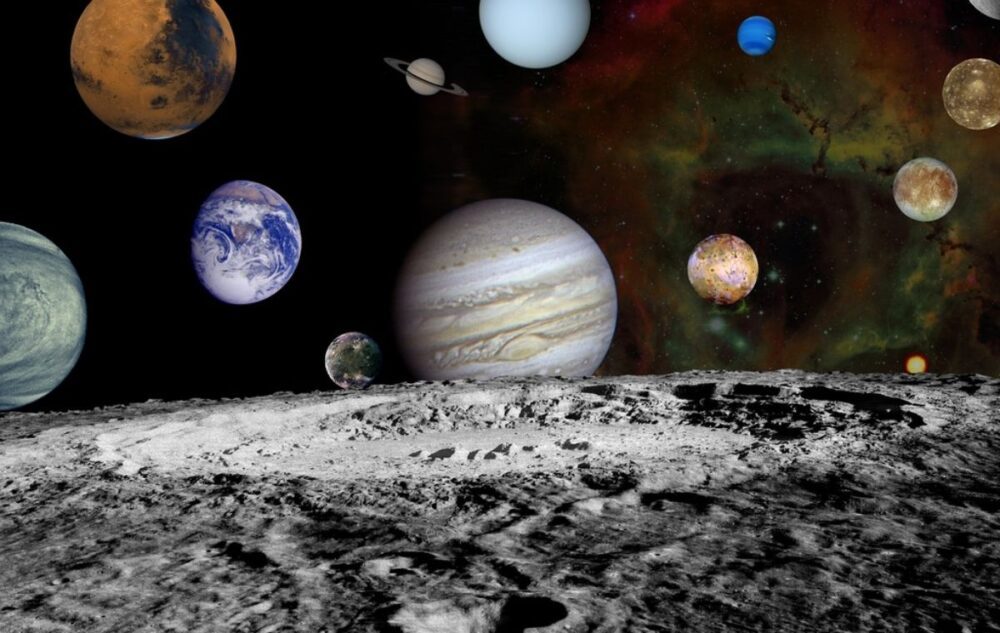
Outside of our solar system, NASA has identified over 5,000 planets, but Earth looks to be the only one that provides the appropriate circumstances for human existence.
NASA announced the discovery of 5,005 exoplanets or planets outside our solar system. The majority of them are located outside of our galaxy, the Milky Way, in a fairly limited area. NASA defines “small” as a distance of thousands of light-years. 5.88 trillion miles is the length of a light-year.
Proxima Centauri b, the nearest known exoplanet to Earth, is around four light-years distant.
There are planets everywhere we look: 5,000 and counting. Even with so many worlds discovered outside our solar system, Earth is still the only one we know of that’s just right for human life. Learn more: https://t.co/QI7ToqVhFl pic.twitter.com/GlNEklA2L1
— NASA Universe (@NASAUniverse) March 21, 2022
NASA has been investigating exoplanets for 30 years, and despite the fact that there are over 5,000 of them, Earth is the only one that has life on it — so far.
According to NASA, “scientists are scouring the galaxy for planets that are comparable to Earth and evidence of life.” “As we have seen on Earth, life can adapt to conditions that humans would consider extremely difficult,” such as temperature, radiation, salt, acidity, and aridity. According to NASA, it’s feasible that life began on other worlds and evolved to conditions very different from our own.
NASA’s Kepler Space Telescope assisted scientists in discovering that the galaxy has more planets than stars, and the agency is aiming to learn everything it can about exoplanets’ “weirdness, diversity, and all the amazing things they can tell us about how planets originate and grow.”
There are 8,709 exoplanet candidates that need to be examined further to see if they are genuine.
NASA claims that a person will never go to an exoplanet since it would be a tremendous distance to traverse. However, NASA has indicated that a robot, similar to the rovers on Mars, may visit an exoplanet in the far future. “Today, NASA is focusing on the measures necessary to transport people to Mars, our next-door neighbor,” NASA said.